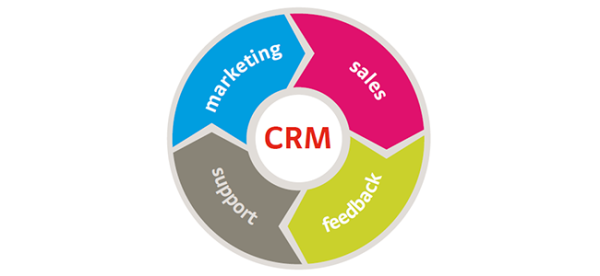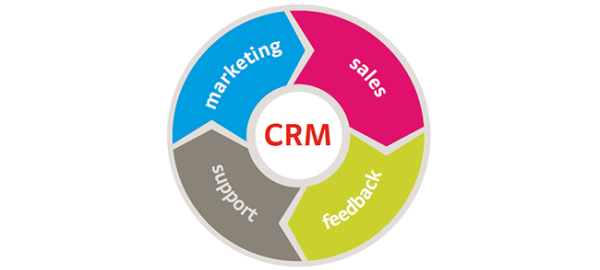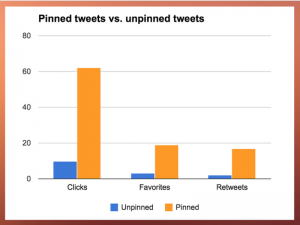By Jodi Beuder, Published November 6, 2014

Wouldn’t it be great if those working in customer-service environments could look into a crystal ball and predict how customer expectations and behaviors were changing so that agent training and software development could co-evolve? While it is difficult to pinpoint exactly where changes will occur, there are a number of research papers that try to predict the changes that can be expected with regards to Customer Relations Management (CRM).
In the past few years we’ve seen a dramatic shift in how customer care is delivered. Changes in CRM include live-chat, customer driven resolution, social media, and cloud-based software. So where is the industry headed now? Dimension Data released a paper detailing what CRM trends they saw coming down the pike for 2014, and although the year is almost over, now is a good time to reflect on the budding changes they predicted to see if they materialized and, if so, to make sure your organization is reacting appropriately so you maintain customer loyalty and profitability.
Generation Y And Restive Customers. According to the Dimension Data report, customers are less satisfied with their contact center interactions and experiences. This dissatisfaction cleaves across generations with members of Generation Y, or Millennials, the least satisfied. The Gen Y group demands multiple interaction points beyond the phone. They expect to interact with companies via Web chat, smartphone applications and social media platforms. According to the report, this generation uses phones the least of any other group as a way of interacting with customer care agents.
For your organization to best deliver service to Millennials, your CRM practices should:
- Be customizable and personal: Millennials do their homework and will seek out information relevant to them before making a purchase. They have always been tethered to technology, so it is up to organizations to meet them where they’re at in terms of technological expectations.
- Be accessible and quick: Millennials are connected 24/7 and expect companies to do the same. This generation doesn’t tolerate businesses being closed at night and on weekends. If your customer care agents aren’t accessible 24/7, this is one way to easily improve your customer engagement with this generation.
- Be shareable: Millennials share what they like and complain about what they don’t across many social media platforms. Social media is an important component of customer care delivery.
- Be visual: This generation has come of age with online video being prevalent. Consider using video to make the connection between the Gen Y consumer and your brand or product.
Staff turnover. As contact centers continue to migrate to new communications platforms, customer facing agents are leaving these positions at a growing rate. The Dimension Data report emphasized the need for proper CRM training, support, and proper tools to recruit and retain CRM staff. Those organizations that realize that Millennials are not only customers, but employees, and have tailored their recruiting and training practices to serve this cohort are finding less employee turnover.
An insight paper released by Telus International focused on best practices when integrating Millennials into the workforce. By focusing on hiring, training and retention that was specifically designed with Millennials in mind, Telus International has one of the lowest attrition rates in the customer service BPO business.
Some insights into how they’ve retailored their organizational structure to meet the needs of this group include:
- Communicating in ways that Gen Y will listen and allow and encourage them to contribute to the conversation.
- Giving them more control and flexibility over their daily work and future career goals.
- Transforming and tailoring recruitment, training and management to best leverage this generation’s natural abilities.
- Revamping retention programs so they align with this generation’s core values.
- Being clear and upfront about expectations and timelines regarding career advancement.
Millennials now make up nearly 80% or organizations’ workforces, and their expectations around working conditions are very different from their predecessors. Organizations that acknowledge these differences and are flexible in how they structure company policies and procedures to meet the needs of this group will find a much more productive workplace, less turnover, and higher profitability.
New And Emerging Modes Of Interaction. Web chat communications systems were highlighted in the report as a possible remedy for end-user dissatisfaction, as customers increasingly expect seamless interaction transitions across channels. Other emerging trends in CRM software include:
- Integration with social media applications. These emerging ‘social CRM’ applications allow businesses to connect customer conversations and relationships across social networking websites into the CRM process.
- Increased availability of social media and its functionality. These web-based services emphasize online sharing and collaboration among users.
- Social media customer assistance options are becoming more available. Social media can be a cost-effective way to improve customer assistance options for organizations. As mentioned before with the emergence of the Gen Y cohort, customers are first turning to social media about their problems, rather than phoning into a call center. More organizations are building online communities for customer assistance, which increasingly come dovetail with other CRM processes.
After assessing the predicted CRM trends of 2014, it seems that many of these predictions were correct. Our industry is definitely figuring out best practices for interacting with Gen Y customers and employees as well as integrating new modes of interacting with customers via social media applications. While the landscape is drastically shifting in how customer care is managed and delivered, there are constants. What doesn’t change is the need for organizational buy-in and support of customer care, training, and monitoring. Our best predictions for how our industry will change are based upon comprehensive data that allow us to best understand where we’ve been so that we know where we’re going.
Business Articles | Business 2 Community
(418)









